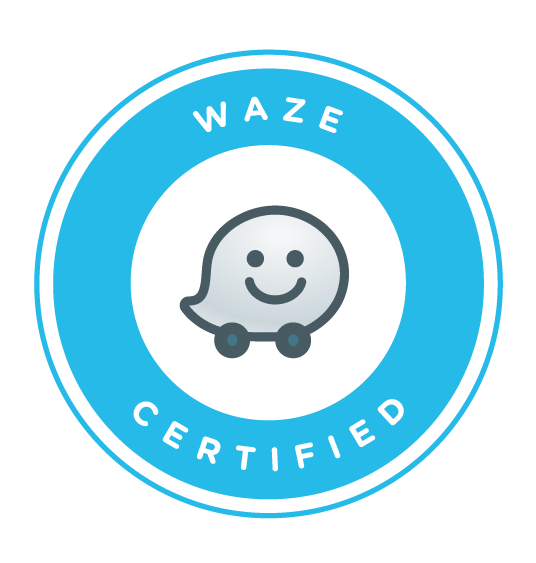The inclusion of a blog on your business website will keep your content fresh and relevant. It can act as a tool to drive traffic to your website, encouraging customers to return to your site more often, and stay on it longer.
A quality blog can demonstrate to your readership the knowledge you have about your market sector, helping build trust in your brand, integrity and positioning you as a leader in your field.
It can also be used as a tool to increase subscribers to your mailing list, giving you an audience who can potentially be converted into paying customers.
What constitutes a great business blog?
Here are some key points which should help along the right lines.
Planning Your Blog Posts
Don’t just use your blog simply as a promotional tool. Consumers don’t want to be constantly ‘sold’ to. Instead, create meaningful content that your audience will find interesting and useful.
Don’t write just for the sake of writing.
Here is where a content calendar can come in particularly useful.
Start by researching your industry thoroughly. Are there any big dates in the dairy which you should be commenting on? Perhaps there are some national statistics which are relevant to your business.
Make a note of the key dates and schedule in a well-timed blog posts to coincide with these.
Think about topics which are relevant to your customers. Make a list and add them to your content calendar.
Consistency is key, so plan to post your articles at the same time each week.
It’s also important to consider layout. Large swathes of text are likely to be too much for the average reader.
Break them down with bullet points or short sentences. Think about the visual appeal of the article as much as its content.
Include an image which is relevant to your subject matter. Try to ensure it will create a spark of interest and encourage them to click on the blog post to read it when shared on social media for example.
Popular Types of Blog Post
There are various different types of blog to consider, here are 3 of the most popular.
1. The list
Readers are attracted by list posts, such as a ‘the top 10’ or ‘5 steps’, which are easy and quick to read. They can include images and are a great way to encourage readers to share your content.
2. The story
The impact that great story-telling can have on a person is just as relevant in a business context. Aim to take your readers on a journey. A story post could be along the lines of ‘How I created X’, or even your own business story – a great way to build trust in your brand.
3. The point of view, or opinion piece
This is a good opportunity to comment on industry news and events, especially if it directly affects consumers of your product.
Just remember to think carefully about your point of view. If the news item is contentious ensure you are prepared to get involved in a debate on the subject if need be.
Have A Distribution Plan
With blogging as with all your content, it is important to think carefully about how your readership are going to find your posts. Leverage social media to increase your posts reach and include your content in as part of your email marketing to reach an even larger audience.
Include relevant keywords so that your posts have a greater chance of appearing in the search engines.
Get Writing
One of the biggest mistakes businesses make when it comes to blogging is not doing it.
So start your business blog today!





